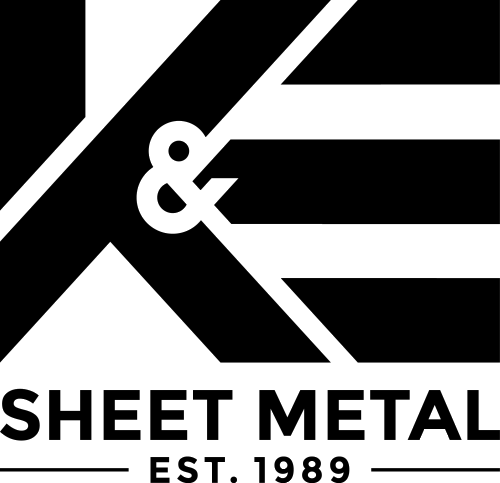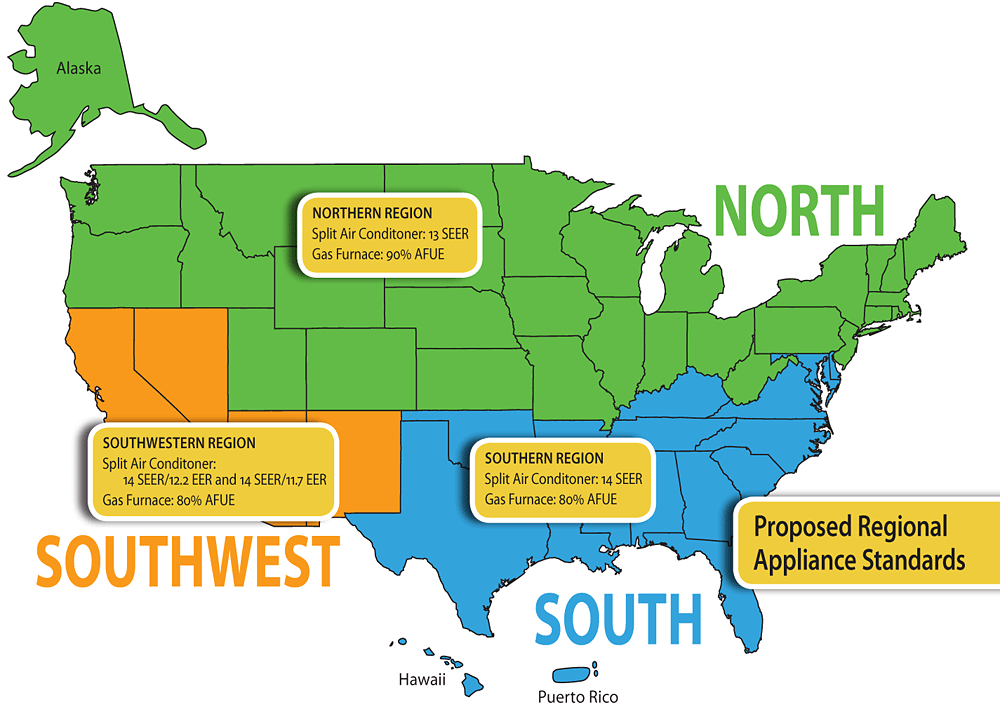One thing that could help jump start the HVAC business here in the Northeast is a bill being introduced to the Senate by Sen. Jeff Bingaman, D-N.M to update the efficiency standards for many appliances and building systems, including furnaces, heat pumps, and central air conditioners.
From achrnews.com
Titled the “Implementation of National Consensus Appliance Agreements Act of 2011,” or INCAAA, the bill (S. 398) divides the nation into three regions with different efficiency standards for each. It also recommends more stringent building codes for new construction.
The INCAAA bill is based on the consensus standards agreement signed in October 2009 by major industry associations, including the Air-Conditioning, Heating, and Refrigeration Institute (AHRI) and more than a dozen individual furnace and air conditioner manufacturers.
The last time standards were changed here in the Northeast there was a number of customers who had to upgrade their cooling systems to 13-seer systems. This was good for many companies in town because some of these smaller upgrade jobs are a major source of business for many smaller firms in this area. This time the changes focus more on the % efficiency of your furnace and will mean that customers may need to change out their current furnace. This should provide a much needed uptick in smaller jobs for many micro and small HVAC contractors in the Northeast.
From achrnews.com
The INCAAA bill divides the United States into three regions: North, South, and Southwest. Specifically, the North region comprises states with population-weighted heating degree days (HDD) equal to or greater than 5,000; the South comprises states with population-weighted HDD less than 5,000; and the Southwest comprises Arizona, California, Nevada, and New Mexico.
According to an AHRI fact sheet, in the North region, most furnaces will be required to have an AFUE of 90 percent or more, an increase from the current national standard of 78 percent. In the South, central air conditioners will be required to have a SEER of 14, up from the present national requirement of 13 SEER. Heat pump and oil furnace standards will rise on a nationwide basis.
Also helping business would be the nationwide rise in standards for oil furnaces and heat pumps. Many customers here in the Northeast rely on oil as their main source of heat and are stuck with outdated furnace systems that would need to be changed.
The big question is if the bill that has been introduced will even pass. According to the article, if the bill was a rare standalone bill, it would pass without fail. However, if the bill is attached to something with some stronger opposition there could be complications getting the bill through the Senate. The next step, if the bill does pass the Senate is the House of Representatives before the bill could be signed and the standards would go into effect.
Read the full article HERE
Source:
Appliance Standards Introduced in Senate (achrnews.com)










